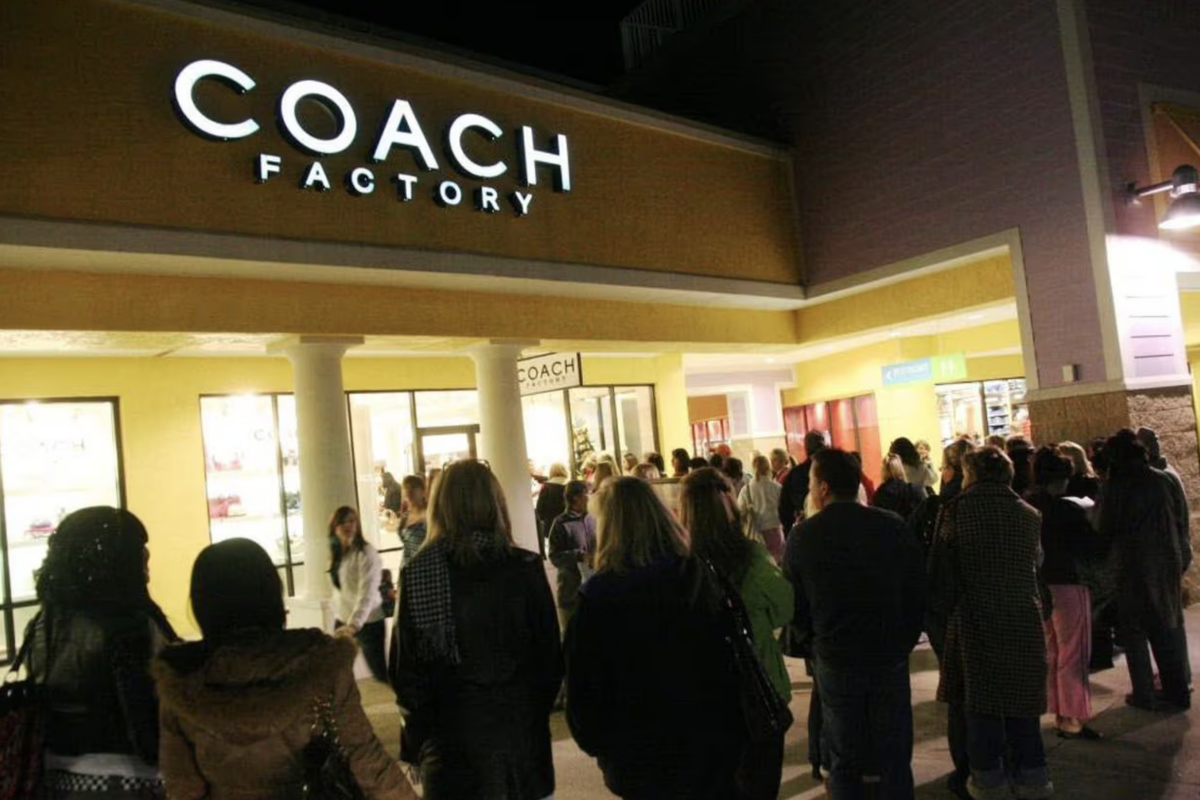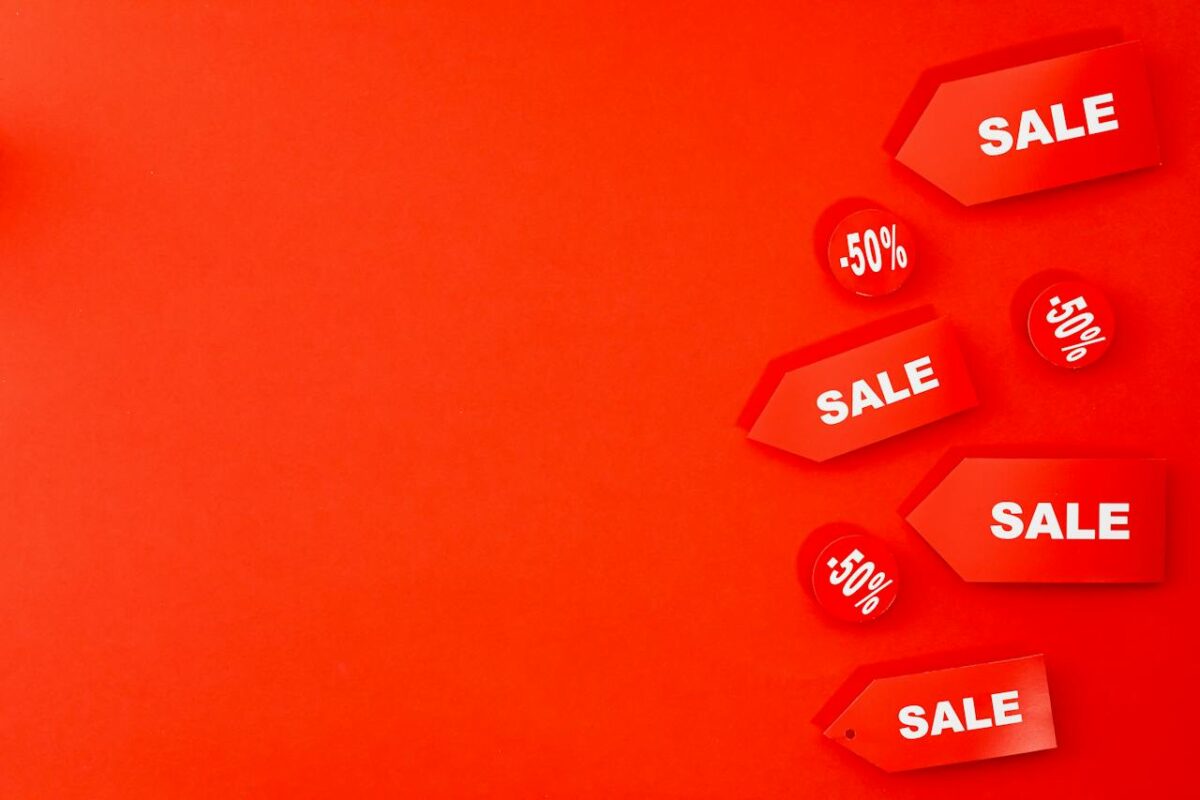The imminent arrival of the Apple Watch and a phalanx of other smartwatches into the global market was the main topic for debate last week at Baselworld – the annual gathering of the watchmaking industry in Switzerland. There were three very different competitive responses from the Swiss brands in attendance at the event.
In the first camp are the steadfast ignorers led by the likes of Patek Philippe and Breguet. These brands, very much in the conservative corner of the luxury watch industry, see smartwatches as fundamentally different from what they offer. When you sell heritage and the pinnacle of luxury at around $45,000 a pop it’s easy to see why these brands are unconcerned with Apple and its ilk arriving into the market. Marc Hayek, who heads Breguet, Jaquet Droz and Blancpain, typified this conservative approach: “The Apple Watch is not a real watch but a consumer electronic,” he told Reuters.
Troublemaker – The Apple Watch
A second group of watch brands were similarly unconcerned about smartwatches but were convinced that the new entrants would eventually spur younger consumers to trade up to a ‘proper’ luxury timepiece. “When it comes to a higher end watch I strongly believe in mechanical movements – the beauty is that they last for generations and you don’t have to worry about batteries and recharging,” Chopard co-president Karl-Friedrich Scheufele explained. He said that this new breed of smartwatch could “feed a chain of aspiration” that would lead to more watch sales for brands like Chopard in the future. That’s an important opportunity for luxury watchmakers that openly acknowledge you no longer need a wrist watch to tell the time given the preponderance of other digital devices in most people’s possession.
Intel, Google And Tag Heuer Join Forces
Finally, a third group of watchmakers are experimenting with smart features to create hybrid watches. Tag Heuer announced that it is partnering with Intel and Google to launch a smartwatch later this year. For Tag Heuer, which has traditionally occupied a lower price point than many of its more exclusive rivals and is positioned as a technological pioneer, the partnership makes strategic and branding sense. It’s a similar story for Google, which was recently burned by the failure of Google Glass and is looking for partners with core competencies in design and aesthetics to bolster its own apparent deficits in these areas. Breitling is also dipping its toe in the digital pool with the launch of B55 Connected, a Swiss-made watch that offers Swiss-made apps and connectivity. The networked functionality of the new watch is limited but, as Breitling soberly observed, “the watch remains the master”.
The Watch Remains The Master
Underpinning this entire debate is a strong sense of strategic déjà vu. Twice before the Swiss watch industry has been plunged into recession and revolution by new competitive developments. The ‘first technological crisis’ occurred in 1876 when the Swiss discovered to their horror that American engineers were now able to replicate and improve on their mechanical movements. The second crisis, often referred to as the ‘Quartz Revolution’, occurred a century later when cheaper, battery powered watches emerged with superior accuracy to an automatic movement at a fraction of the cost.
In both prior instances the arrogance and insularity of the Swiss watch industry cost them dearly and their dominance was restored only when it adopted the competitive threat into lower end offerings (the development of the Swatch quartz offerings for example) and refocused its efforts on super-premium watches and traditional savoir faire.
Expect nothing different from this third ‘crisis’. Lower end watchmakers like Seiko are in for a genuinely rough ride as smartwatches evolve their functional offerings in the sub-$350 market. But we will need to wait a generation to discover if today’s tech-teens will keep their smartwatches and eschew luxury alternatives as their earnings and waistlines expand.
Personally, I doubt it. When you spend four figures on something that your tablet or phone does for free, you are making a genuine luxury purchase. Customers in this segment are seeking distinction, design and an enduring thread of authenticity back to the original Swiss brands of old. That’s why a great watch will increase in value as the years progress rather than lose almost all of its worth the moment it is purchased.
Buying a watch that goes up in value? As many of the attendees at Baselworld joked last week, that’s the smartest watch of all.
This thought piece is featured courtesy of Marketing Week, the United Kingdom’s leading marketing publication.
The Blake Project Can Help You Grow: The Brand Growth Strategy Workshop
Branding Strategy Insider is a service of The Blake Project: A strategic brand consultancy specializing in Brand Research, Brand Strategy, Brand Growth and Brand Education




